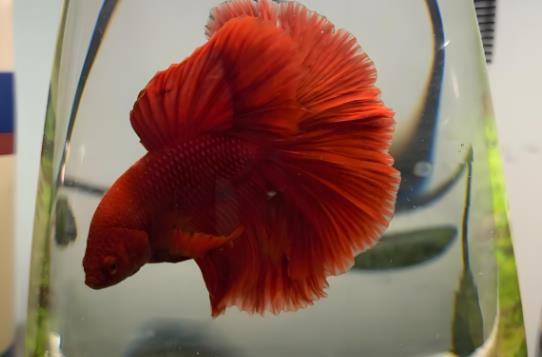Betta fish fin rot can manifest in various forms, with specific symptoms and causes detailed below:

1. Tail Burning/Fin Rot
Symptoms: The edges of the tail fin turn white and become ragged, taking on a broom-like appearance, or develop eaten-away ulcers. In severe cases, the fin membrane may necrose, break, or even expose the caudal peduncle. Some cases are accompanied by dull body color, difficulty swimming, or surface gasping.
Causes: Primarily triggered by overly acidic water (low pH), excessively high water temperature, or bacterial infections (e.g., Flavobacterium columnare, Pseudomonas). It may also result from secondary infections due to physical damage (such as fighting or scraping).
2. Clamped Fin
Symptoms: The tail fin sticks together and fails to spread out, resembling being glued. In the later stages, it may progress to tail fin necrosis.
Causes: Stress in the fish caused by deteriorating water quality or drastic fluctuations in pH (e.g., excessive stimulation from new water).
3. Bacterial Fin Rot with Pinholes
Symptoms: Pinhole-sized ulcers appear on the fins, which may be accompanied by redness or inflammation.
Causes: Proliferation of bacteria due to aged water, or infestation by parasites (e.g., Trichodina).
4. Fungal Infection (Saprolegniasis)
Symptoms: The ulcerated areas are covered with white cotton-like mycelium, commonly seen in low-temperature environments.
5. Parasitic Damage
Symptoms: Irregular ulcers or white spots appear on the fins, which may be accompanied by increased mucus on the body surface.
Judgment of Severity
Mild: Only slight defects on the edges; may heal on its own if there are no signs of infection.
Severe: Ulcers spread to the caudal peduncle, accompanied by scale loss or loss of appetite; immediate intervention is required.
Note: Different causes may overlap. A comprehensive judgment should be made based on water quality testing (e.g., pH value, ammonia nitrogen content) and the fish's physical condition.
